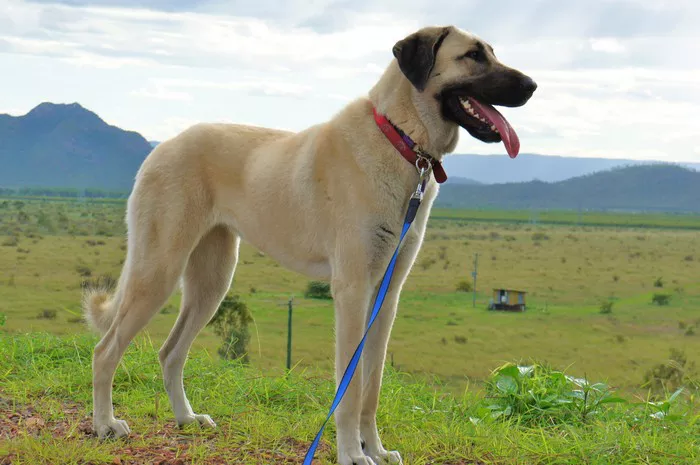Estrus refers to a special physiological state in animals when they enter the breeding period. During this period, animals exhibit obvious mating behaviors and are willing to accept mating from the opposite sex. For canines, estrus typically occurs at specific times of the year, during which female dogs’ reproductive organs secrete special hormones that enable them to accept mating from male dogs.
Estrus in Anatolian Shepherd Dogs
The Anatolian Shepherd Dog is a large breed originating from Turkey, primarily used for shepherding work. Regarding the estrus cycle of Anatolian Shepherd Dogs, there is currently no definitive research data available for reference. Generally, the estrus cycle of most dogs occurs in the spring and fall each year, but the specific timing varies due to individual differences and geographical factors.
How to Determine if an Anatolian Shepherd Dog is in Estrus?
Determining whether an Anatolian Shepherd Dog is in estrus can be done by observing its behavior and physiological changes. For example, a female in estrus may exhibit behavior indicating increased interest in the opposite sex, and their reproductive organs may show signs of swelling and increased secretions. Additionally, a male in estrus may display heightened territorial awareness and aggressive behavior.
Considerations
Although estrus is a crucial part of the natural breeding process for canines, there are some considerations in human-managed environments. Firstly, dogs in estrus may become more anxious and irritable, requiring adequate care and attention. Secondly, to avoid unnecessary breeding, spaying or neutering can be considered. Lastly, if breeding is planned, it’s essential to select suitable mates and ensure the safety and smoothness of the breeding process.
In summary, understanding the estrus cycle of Anatolian Shepherd Dogs is essential for daily management and breeding planning for dog owners. Hopefully, the above information can assist you in better caring for your Anatolian Shepherd Dog. If you have any further questions or need additional assistance, it is recommended to consult a professional veterinarian or canine behaviorist.


